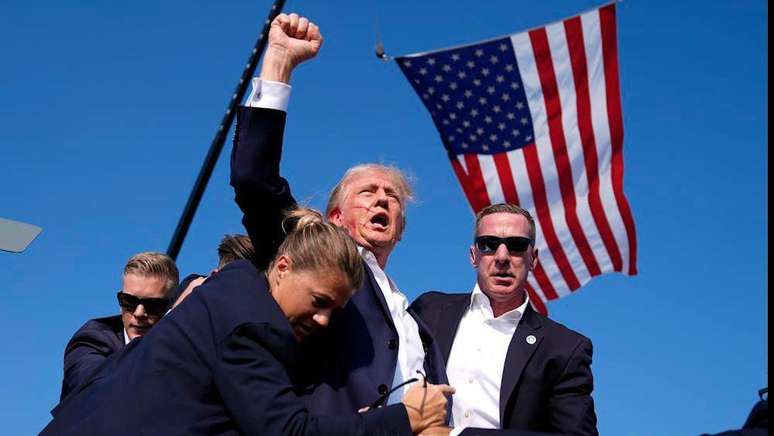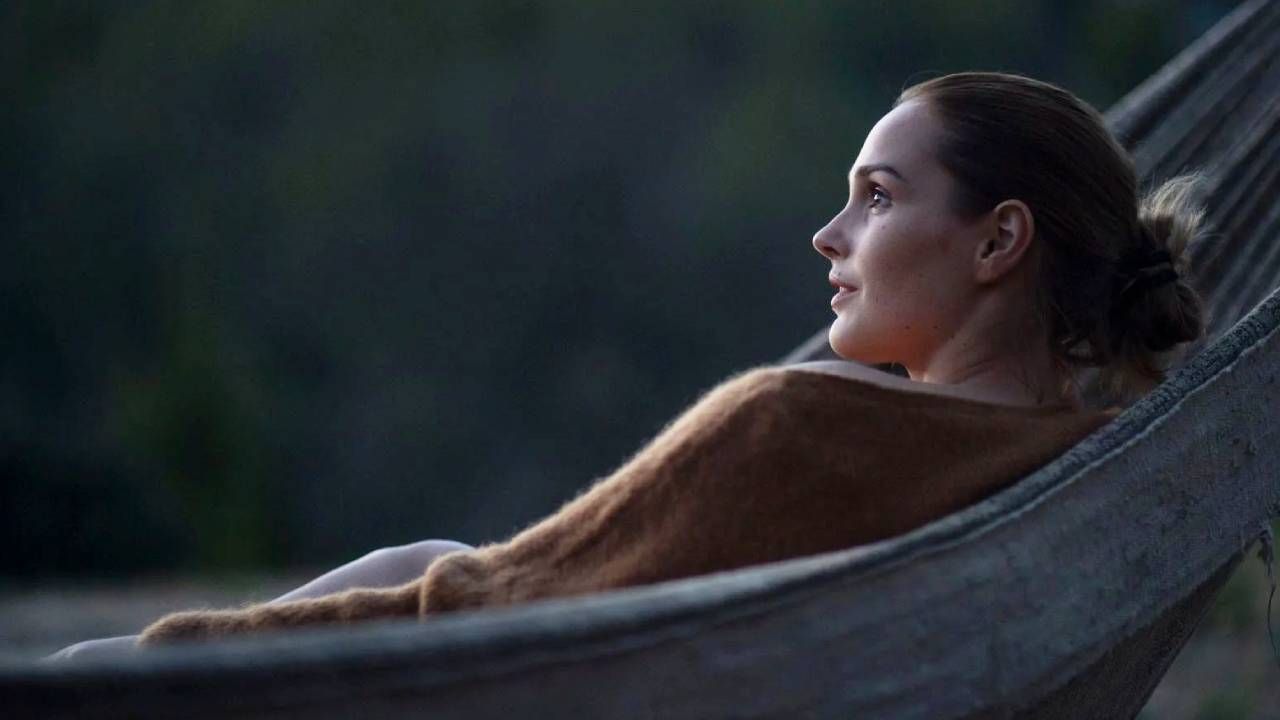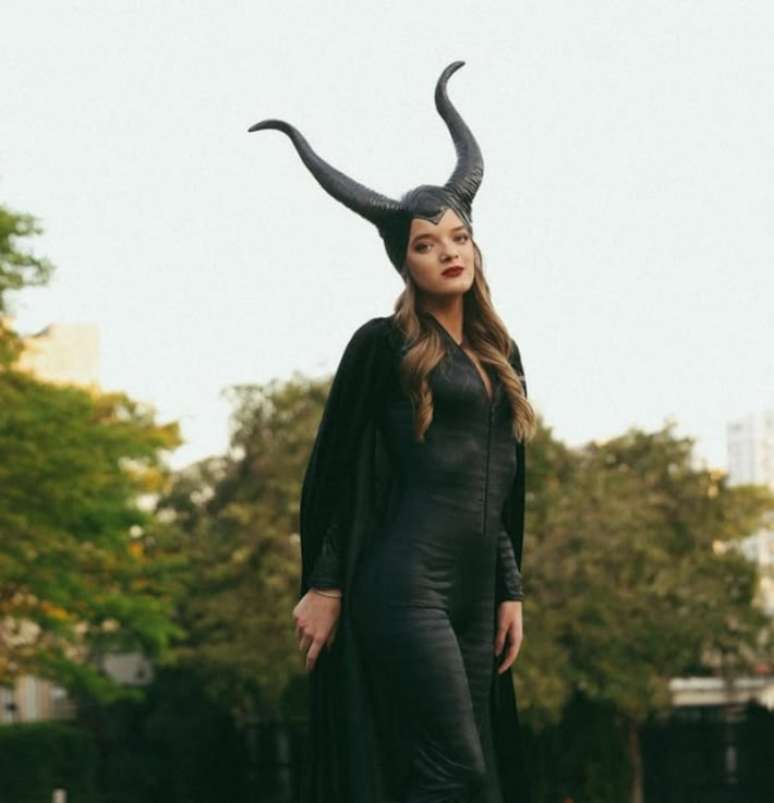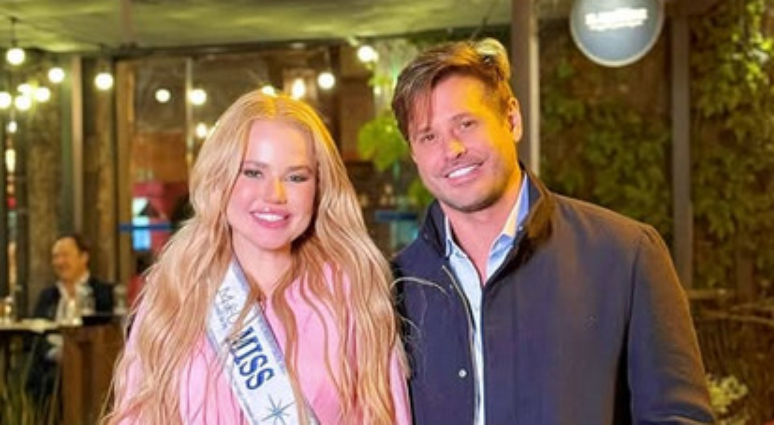Evan Vucci’s image can now be considered symbolic and demonstrates how forms of photographic observation extend beyond composition.
The attempted assassination of Donald Trump during a rally in Pennsylvania, USA, was captured by several photographers who were on stage before the shooting began.
The most publicized photograph of the event was taken by Pulitzer Prize-winning war photographer Evan Vucci. He is known for his coverage of the protests following the killing of George Floyd in 2020.
Several World Press Photograph Awards have been given to photographers who have covered murders.
In this sense, Vucci’s image can also be considered symbolic. It is a photo that could win awards for its content, use of color and framing – and will become an important part of the testimony of this historical moment in our memory.
Social Media Image Analysis
Viewers of Vucci’s photograph took to social media to analyze the image’s composition, including how iconic motifs such as the American flag and Trump’s raised fist are brought together in the frame, according to norms of photographic composition, such as the rule of thirds.
These elements are believed to contribute to the power of that image. And, to understand exactly what makes this photo so powerful, there are several elements that need to be analyzed.
Sharpness of composition
In this photograph, Vucci looks up with his camera.
It features Trump in an elevated position, as the central figure surrounded by Secret Service agents, who protect his body. The agents form a triangular composition that places Trump at the top, slightly to the left of the American flag raised in the sky.
Immediately to Trump’s right, an officer looks directly into Vucci’s lens, his eyes hidden by sunglasses.
The agent calls us in the image. He looks in our direction and observes the photographer. It therefore seems that he is looking at us, reflecting our vision of the photograph.
This figure is central and draws our gaze to Trump’s raised fist.
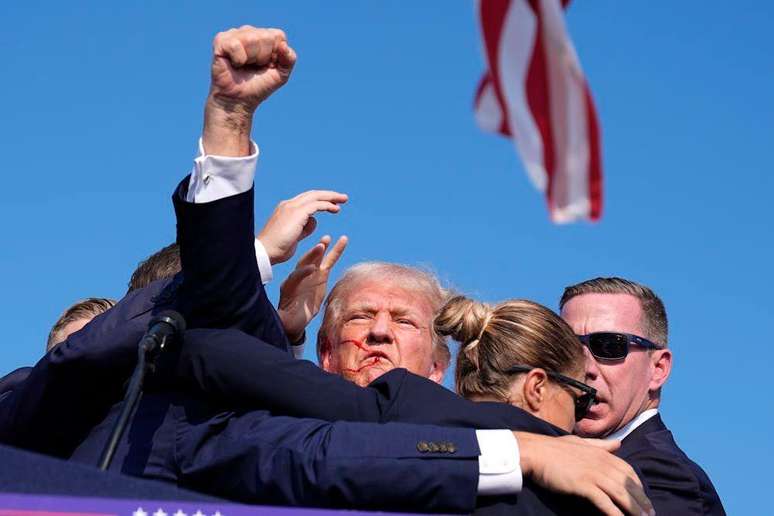
Another interesting point is that in this image there are strong colored elements, which create the illusion of them coming together to form the photograph.
Against the clear blue sky, everything else in the image is red, white, and navy blue. The drops of blood falling on Trump’s face match the red stripes of the American flag, aligned with the Republican red of the podium, in the lower left quadrant of the image.
We may not initially observe these elements, but they demonstrate how certain photographic conventions work together with Vucci’s form of observation and composition, in line with the norms of photojournalism.
Photographic form of observation
In his interviews Vucci refers to the importance of always maintaining a sense of photographic composition in order to be able to “capture” the image, to be sure to cover the situation from different angles, also capturing the scene with the correct light and composition.
For Vucci, all this is part of the photographer’s job.
Vucci’s statements are consistent with what most photographers would consider a form of photographic observation. This means being in tune with how composition, light, moment, and subject come together in the frame as a perfect unity when photographing: it means getting the “right” shot.
For the American writer Susan Sontag, this form of photographic observation also corresponds to the relationship between the shot and photography, which she considered analogous activities.
Photography and revolvers, without a doubt, are weapons. Photography and photographic ways of seeing and representing the world are weapons capable of altering the public’s perception.
Make history with photographs
As a form of photographic observation, there are familiar resonances between Vucci’s photography and other symbolic images in American history.
An example is Joe Rosenthal’s photograph, Raising the Flag on Iwo Jima (1945), during the Pacific War.
Four Marines gather in the image to raise and protect the American flag. Their bodies form a pyramid structure in the lower center of the frame.
This photograph is also featured as a war monument in the U.S. state of Virginia, honoring the Marines who served the United States.
There are strong visual coincidences between Rosenthal’s images and Vucci’s. They also demonstrate how forms of photographic observation extend beyond composition.
Images lead to another form of photographic observation, which means observing the world and the events that happen in it as photographs, or constructing the story as if it were itself a photograph.
Fictions and post-truth
The inherent paradox of “photographic observation” is that no person can be everywhere at once, nor predict what will happen, until reality can be transcribed into a photograph.
In Vucci’s image we have the illusion that the photograph captures “the moment” or “a shot”. It turns out that it does not capture the moment of the shot, but its immediate unfolding.
The photographer shows Trump’s media acumen and his quick reaction to the assassination attempt, when he stands up and raises his wrist in the air.
In today’s post-truth world, there is a constant concern with knowing the truth. And while this extends beyond photographic representation, photography and visual representation play an important role.
We will have to wait and see whether this image will contribute to the myth surrounding Donald Trump and his possible re-election.
*Sara Oscar is a Professor of Visual Communications in the Faculty of Design at the University of Technology Sydney, Australia.
This article was originally published on the academic news website The conversation and republished under a Creative Commons license. Read the original English version here.
Source: Terra
Rose James is a Gossipify movie and series reviewer known for her in-depth analysis and unique perspective on the latest releases. With a background in film studies, she provides engaging and informative reviews, and keeps readers up to date with industry trends and emerging talents.

